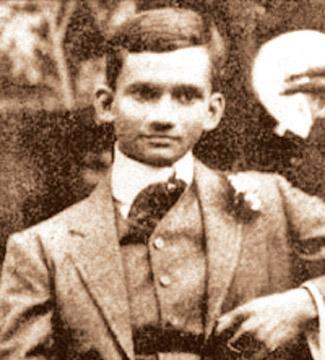
Photo from The Sunday Observer
The government said Edward Henry Pedris, who was 27 years of age at the time, was brought before a military court and convicted of treason by the British colonial administration of Sri Lanka accusing him of rioting and treason against the government, and in 1915 he was sentenced to death ignoring all appeals.
The body of the late Henry Pedris has been cremated at an undisclosed location following the procedure prescribed for the cremation of a convicted criminal under martial law.
However, later it was revealed that he was killed as a result of a plan carried out by the senior officials who ruled the country at that time.
Therefore, the Cabinet has approved the proposal presented by the President to appoint a three-member committee chaired by retired Supreme Court Judge, Anil Gunarathna to investigate the killing.
The committee has been tasked with finding information related to the killing of Edward Henry Pedris, studying the relevant matters and submitting a report with recommendations to the Cabinet in order to bring justice to him.
According to Sri Lankan history, Duenuge Edward Henry Pedris was a Ceylonese militia officer and a prominent socialite.
Pedris was executed for treason by the 17th Punjab Regiment of the British Indian Army under martial law during the 1915 Sinhalese-Muslim riots.
Convicted in a three-day Field General Court Martial under the terms of the Army Act, bypassing the local legal system, his execution was viewed as unjust by the local population and a warning to local leaders.
 Europe Solidaire Sans Frontières
Europe Solidaire Sans Frontières


 Twitter
Twitter Facebook
Facebook